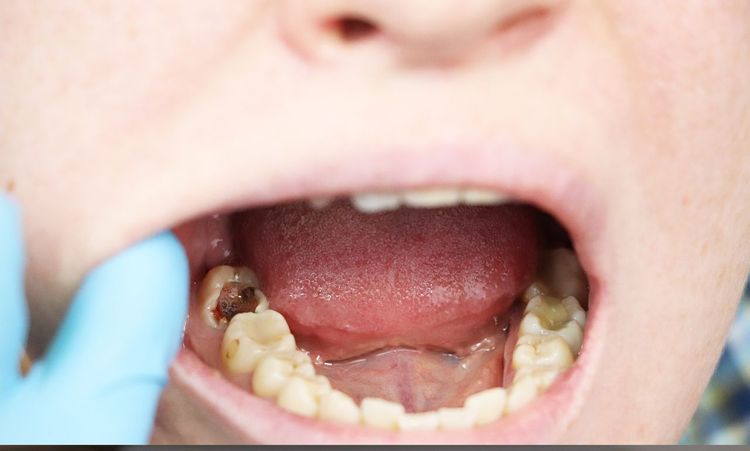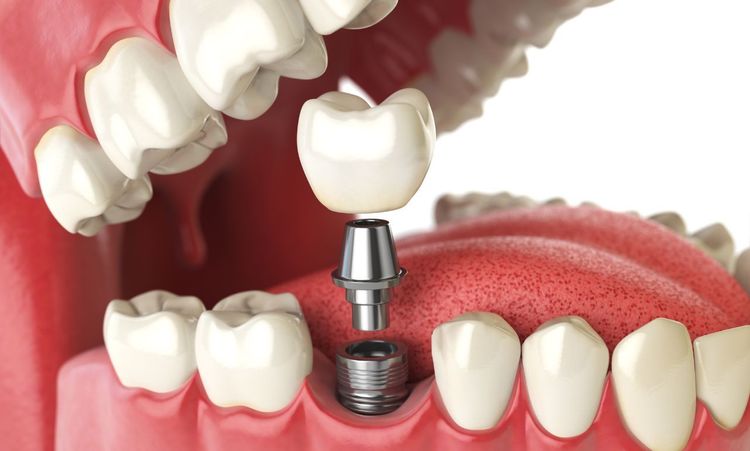Every February, families have a chance to focus on something that’s often overlooked but incredibly important—dental health. National Children’s Dental Health Month reminds us that good habits start young. Still, let’s be honest. Getting kids excited about brushing and flossing can feel like asking them to clean their room on a Saturday morning.
Here’s the good news: it doesn’t have to be boring. With a bit of imagination, you can turn oral care into something your children actually look forward to. From silly songs and storybooks to creative snacks and crafts, celebrating dental health can be both educational and entertaining.
So, grab your toothbrushes, roll up your sleeves, and let’s explore some creative ways to celebrate National Children's Dental Health Month together.
Make Brushing and Flossing a Fun Family Event
Tooth care doesn’t have to be a solo mission. When families make it a shared experience, kids see it differently. Suddenly, brushing and flossing aren’t just chores—they’re family time.
Add Music to the Mix
Music changes everything. Put on a two-minute song and have everyone brush along to the beat. Pick a tune your kids love. Pop, Disney, or even a silly jingle works. The rhythm helps them brush long enough without feeling like it’s a countdown to freedom.
Kids are more likely to brush well when it feels like play. You can even create a “brushing playlist” for the month. Rotate songs so the routine stays fresh.
Try the Family Challenge
Kids thrive on competition. Create a simple family brushing chart and add stickers for each successful morning and night session. Whoever collects the most stickers by Sunday picks the weekend movie.
Small incentives keep motivation high. Over time, the habit sticks without the reward. You’ll see the difference not just in their smiles, but in their attitude.
Let Them Choose Their Tools
A toothbrush isn’t just a toothbrush to a child—it’s their gear for the mission. Let them pick one that feels special. Bright colors, flashing lights, or cartoon characters all make a difference.
The same goes for toothpaste. If mint feels “too spicy,” go for mild fruity flavors. The goal is comfort and consistency, not perfection.
When your child feels like they have control, the daily routine turns into something they actually own.
Read Dental-Themed Books Together
Books can make even the dullest topics come alive. Kids love stories, and when those stories feature characters who take care of their teeth, lessons land naturally.
How Stories Shape Habits
Children learn through imitation. When their favorite characters brush, floss, or visit the dentist, it becomes part of their world too. Books help them process big ideas in small, friendly doses.
A child who’s nervous about the dentist might relax after reading about another child’s visit. It replaces uncertainty with curiosity.
Some Great Books to Try
Start with Brush, Brush, Brush! by Alicia Padron if your child is young. Its rhythm and simplicity make brushing sound joyful. Dr. Seuss’s The Tooth Book is another fun one—it mixes humor with gentle lessons about teeth and health.
For older kids, Why We Go to the Dentist by Rosalyn Clark is a good pick. It walks them through what happens during an appointment in a calm, reassuring way.
Reading these stories before bedtime reinforces positive habits and opens up great conversations. Kids often ask funny or thoughtful questions afterward—those moments build lasting understanding.
Plan a Tooth-Friendly Snack Time
Kids love snacks. But sugar and sticky treats? Not great for teeth. This month, switch things up with fun and healthy alternatives.
Make Food a Celebration
You can create a mini “tooth-friendly picnic” right at home. Fill small bowls with apple slices, cheese cubes, cucumber sticks, and almonds. Use cookie cutters to shape fruits into stars or hearts. Presentation goes a long way.
Let your child help prepare the snacks. When they’re part of the process, they take pride in what they eat. It’s an easy way to teach balance without lectures.
Talk About Why Food Matters
Kids are naturally curious. Explain that foods high in sugar feed “sugar bugs,” which cause cavities. Then show how crunchy fruits or cheese help keep teeth strong.
You don’t need big science words—just make it visual. Say something like, “Carrots act like little toothbrushes for your teeth.” That’s the kind of phrase that sticks.
Try a Fun Experiment
You can also make learning hands-on. Soak one hard-boiled egg in soda overnight and another in water. The next day, compare the shells. It’s a simple way to show what sugary drinks can do to enamel. Kids remember lessons they can see.
Visit the Dentist for a Fun Check-Up
Let’s face it—dentist visits can be intimidating, especially for little ones. But with the right attitude, you can turn it into something positive.
Turn It into an Adventure
Frame the appointment as a “smile adventure.” Let your child wear their favorite outfit or bring a small toy for comfort. Kids take cues from adults, so keep your tone upbeat.
Tell them the dentist is a “tooth helper” who counts their teeth and checks their sparkle. When the visit feels lighthearted, anxiety fades fast.
Many pediatric dentists go out of their way to make visits fun. From treasure boxes to colorful walls, the environment is built for kids. Point those things out so your child focuses on the fun, not the fear.
Play Dentist at Home
Before the visit, role-play the experience. Use a flashlight to count teeth. Take turns pretending to be the dentist and the patient. This game helps kids feel familiar with what’s coming.
After the real appointment, celebrate! A sticker, small toy, or extra story at bedtime can reinforce the idea that the dentist is someone who helps, not someone to fear.
Get Crafty with a Tooth Fairy Project
Children love the magic of the Tooth Fairy. It’s the perfect opportunity to mix creativity, learning, and a little sparkle.
Make a Tooth Fairy Box or Pillow
Get out the art supplies. Gather felt, glue, glitter, and imagination. Help your child craft a tiny pillow or box for lost teeth. You can decorate it with stars or tiny wings.
As you work, talk about how losing teeth is part of growing up. Kids often have mixed feelings about it. A fun craft turns that transition into something special rather than scary.
Create a “Happy Tooth” Poster
Pull out some markers and construction paper. Draw a big smiling tooth in the center. Around it, glue pictures of healthy snacks, toothbrushes, and toothpaste. Add stickers for every successful brushing day.
Hang the poster on the bathroom wall. It’s a constant, cheerful reminder of their progress. Over time, that visual motivation becomes part of their daily rhythm.
Add a Personal Touch
You can even write a short “Tooth Fairy Letter” with your child. Ask what they’d want to tell the Tooth Fairy or what question they’d ask her. Encourage creativity—it keeps the magic alive and builds emotional connection to healthy habits.
Bringing Personal Touches into the Celebration
Every family celebrates differently. You don’t have to follow a strict routine. The best celebrations fit naturally into your home life.
In some households, brushing time becomes a dance-off. In others, reading together after dinner sparks laughter and learning. One parent I spoke with shared how their child pretends to be a “tooth detective,” inspecting each tooth with a flashlight before bed. It’s those small personal traditions that make dental care feel warm and meaningful.
The point isn’t perfection—it’s consistency. Every playful, positive interaction teaches kids that their smile matters.
Conclusion
National Children’s Dental Health Month isn’t just about teeth. It’s about family moments, creativity, and building confidence in caring for one’s body.
When you make brushing fun, reading engaging, and visits less intimidating, kids grow up seeing dental care as a normal, even enjoyable, part of life. Those habits stick long after February ends.
So this year, bring the celebration home. Laugh, craft, dance, and snack wisely. Because every bright smile tells the story of a happy, healthy childhood—and that’s worth celebrating every single day.




